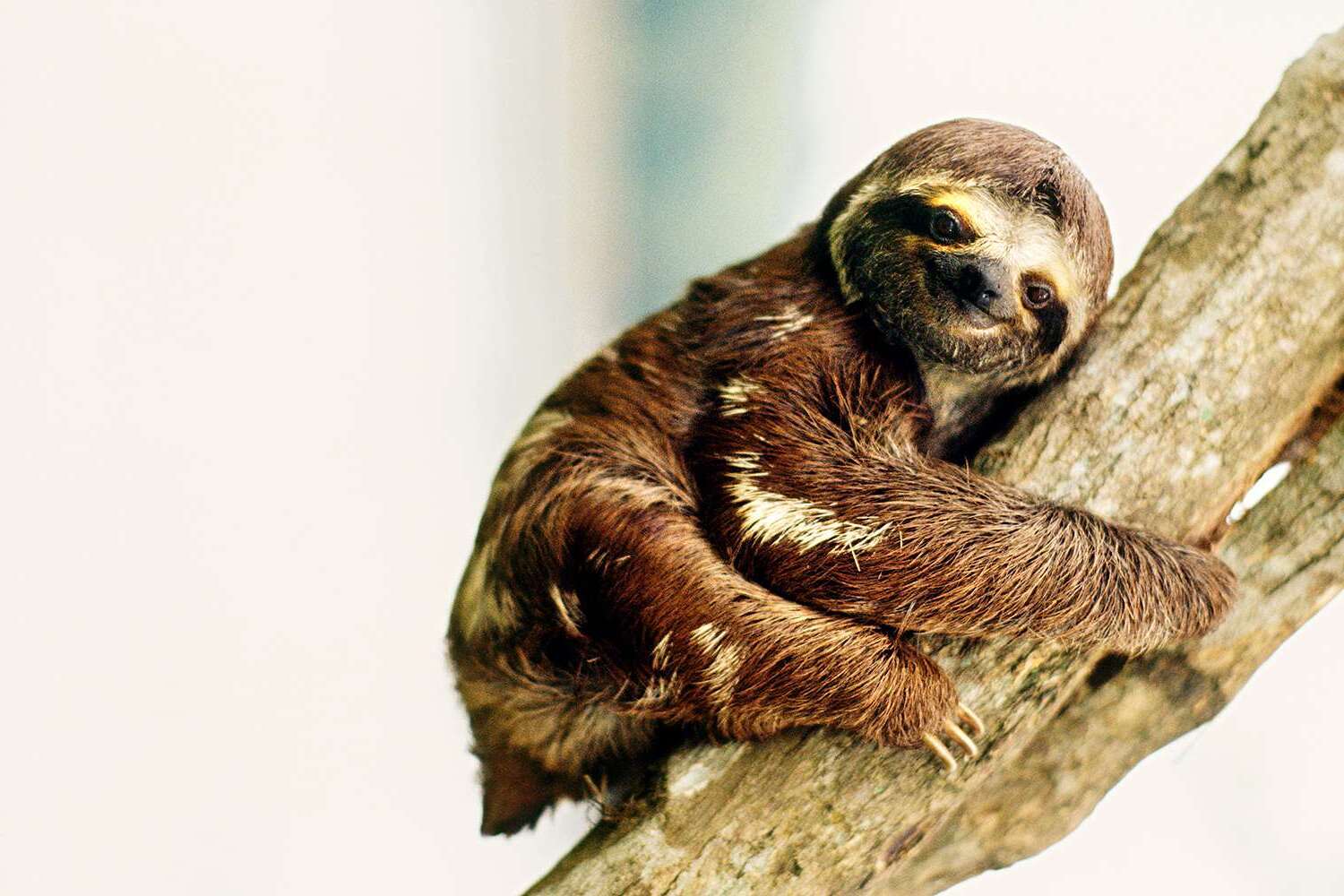
What is Sloth Fever? Sloth Fever isn't a medical condition; it's a growing fascination with these slow-moving creatures. People are captivated by their laid-back lifestyle, adorable faces, and unique habits. Sloths, native to Central and South America, spend most of their lives hanging upside down in trees. They move so slowly that algae can grow on their fur, providing camouflage. Despite their sluggish pace, sloths are excellent swimmers. Their diet mainly consists of leaves, which take a long time to digest, contributing to their slow metabolism. Sloth Fever has led to increased interest in their conservation, as these gentle animals face threats from habitat loss and human activity.
What is Sloth Fever?
Sloth fever isn't a medical condition but rather an obsession with these slow-moving, tree-dwelling mammals. People worldwide are fascinated by sloths due to their unique behaviors and adorable appearances. Let's dive into some intriguing facts about these captivating creatures.
-
Sloths are incredibly slow. They move at an average speed of 0.24 kilometers per hour. This slow pace helps them conserve energy.
-
They have a unique diet. Sloths primarily eat leaves, which are low in nutrients. Their slow metabolism allows them to survive on this limited diet.
-
Sloths have a slow digestion process. It can take up to a month for a sloth to digest a single leaf. Their multi-chambered stomachs help break down tough plant material.
-
They are excellent swimmers. Despite their slow movement on land, sloths can swim three times faster than they can move on the ground. They use their long arms to paddle through the water.
-
Sloths sleep a lot. They can sleep up to 15-20 hours a day. This extensive rest period helps them conserve energy.
Sloth Anatomy and Physiology
Understanding the anatomy and physiology of sloths reveals why they are so unique. Their bodies are perfectly adapted to their slow-paced lifestyle.
-
Sloths have long claws. Their claws can grow up to four inches long, helping them hang from tree branches effortlessly.
-
They have a slow metabolism. This slow metabolic rate is one of the slowest among mammals, allowing them to survive on a low-calorie diet.
-
Sloths have a unique neck structure. They can turn their heads up to 270 degrees, giving them a wide range of vision without moving their bodies.
-
Their fur hosts entire ecosystems. Sloth fur is home to algae, fungi, and insects. The algae give their fur a greenish tint, providing camouflage in the trees.
-
Sloths have a low body temperature. Their body temperature can range from 20 to 30 degrees Celsius, which is lower than most mammals.
Sloth Behavior and Lifestyle
The behavior and lifestyle of sloths are as fascinating as their anatomy. Their unique habits make them stand out in the animal kingdom.
-
Sloths are solitary animals. They prefer to live alone, only coming together for mating purposes.
-
They give birth in trees. Female sloths give birth while hanging from tree branches. The baby clings to the mother for several months after birth.
-
Sloths are nocturnal. They are most active at night, spending their days sleeping in the treetops.
-
They descend to the ground rarely. Sloths come down from the trees about once a week to defecate. This behavior helps them avoid predators.
-
Sloths communicate through vocalizations. They use a variety of sounds to communicate, including high-pitched squeaks and low-frequency calls.
Conservation and Threats
Sloths face numerous threats in the wild, and conservation efforts are crucial to their survival. Understanding these threats can help in protecting these gentle creatures.
-
Habitat loss is a major threat. Deforestation and habitat destruction are significant threats to sloth populations.
-
They are vulnerable to predators. Jaguars, eagles, and humans are some of the primary predators of sloths.
-
Climate change affects their habitat. Changes in climate can impact the availability of food and suitable living conditions for sloths.
-
Conservation efforts are in place. Organizations worldwide are working to protect sloth habitats and raise awareness about their plight.
-
Sloths are popular in ecotourism. Responsible ecotourism can help fund conservation efforts and provide economic benefits to local communities.
Sloths: Nature's Slow-Motion Marvels
Sloths, with their unhurried lifestyles, offer a fascinating glimpse into the wonders of nature. These creatures, often seen hanging upside down, have captivated many with their unique adaptations. From their slow metabolism to their algae-covered fur, sloths are perfectly designed for a life in the treetops. Their slow movement helps them avoid predators, while their strong grip ensures they stay securely attached to branches. Despite their sluggish pace, sloths play a crucial role in their ecosystems, aiding in forest health and biodiversity. Next time you think of speed, remember the sloth's charm lies in its deliberate, unhurried approach to life. Embracing their pace can teach us a lot about patience and the beauty of taking things slow. So, let's appreciate these slow-motion marvels and the incredible world they inhabit.
Was this page helpful?
Our commitment to delivering trustworthy and engaging content is at the heart of what we do. Each fact on our site is contributed by real users like you, bringing a wealth of diverse insights and information. To ensure the highest standards of accuracy and reliability, our dedicated editors meticulously review each submission. This process guarantees that the facts we share are not only fascinating but also credible. Trust in our commitment to quality and authenticity as you explore and learn with us.


